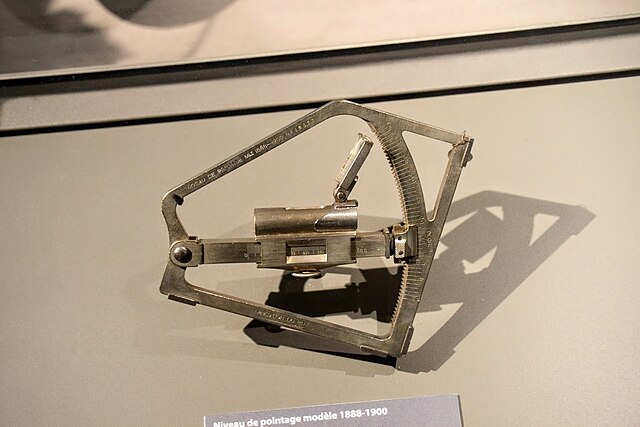The Pak 97/38 was a German anti-tank gun used by the Wehrmacht in World War II. The gun was a combination of the barrel from the French Canon de 75 modèle 1897 fitted with a Swiss Solothurn muzzle brake and mounted on the carriage of the German 5 cm Pak 38 and could fire captured French and Polish ammunition.
Pak 97/38 displayed in The Artillery Museum of Finland, Hämeenlinna.
Pak 97/38 in Hämeenlinna Museo Militaria
Pak 97/38 in Finnish Tank Museum (Panssarimuseo) in Parola
The French 75 mm field gun is a quick-firing field artillery piece adopted in March 1898. Its official French designation was: Matériel de 75 mm Mle 1897. It was commonly known as the French 75, simply the 75 and Soixante-Quinze. The French 75 was designed as an anti-personnel weapon system for delivering large volumes of time-fused shrapnel shells on enemy troops advancing in the open. After 1915 and the onset of trench warfare, impact-detonated high-explosive shells prevailed. By 1918 the 75s became the main agents of delivery for toxic gas shells. The 75s also became widely used as truck mounted anti-aircraft artillery. They were the main armament of the Saint-Chamond tank in 1918.
Canon de 75 Modèle 1897 on display in Les Invalides
Lieutenant-colonel Joseph Albert Deport, the developer of the 75 mm field gun
Rifling of a 75 modèle 1897
Range setting device







